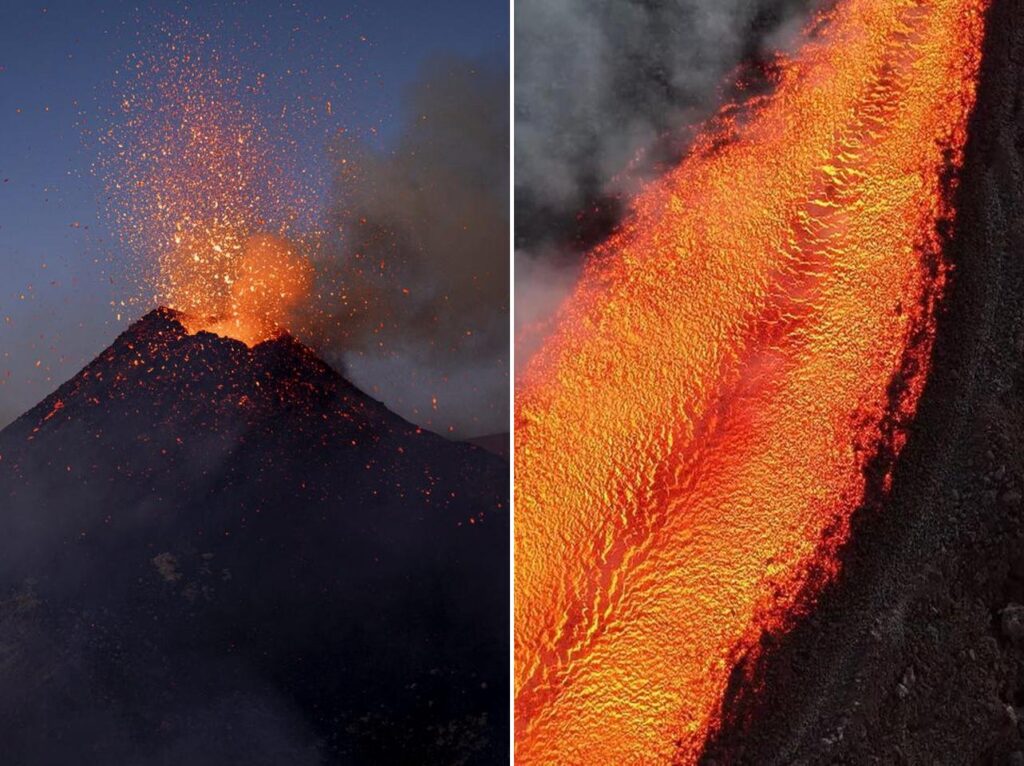Mount Etna Eruption: What Travelers Need to Know About Visiting Sicily Now

Current Eruption Details
Mount Etna, the tallest and most active volcano in Europe, has once again captured attention with its latest eruption. Beginning on February 11, the volcano’s south-east crater, known as Bocca Nuova, has been spewing ash and lava, creating a spectacular display visible from miles away. A river of lava, stretching three kilometers, flows from the crater, yet the eruption has caused minimal disruption to the surrounding areas. Despite the volcanic activity, tourists and locals continue to hike on Mount Etna, taking necessary precautions to ensure safety.
Impact on Catania Airport
Catania–Fontanarossa Airport, located at the foot of Mount Etna, offers travelers breathtaking views of the volcano. On February 12, part of the airport was temporarily closed due to reduced visibility from volcanic ash. However, operations have since resumed, and flights are currently running as scheduled. Travelers are advised to verify their flight status with airlines before heading to the airport. Checking airline websites, apps, and social media channels can provide the most up-to-date information. Additionally, travelers should monitor their email for any notifications from airlines or booking platforms regarding changes.
Travel Safety and Insurance
Despite the ongoing eruption, it remains safe to travel to Sicily. The local authorities and residents are well-versed in handling Mount Etna’s frequent eruptions, which have occurred multiple times annually over the past five years. Tourism in Sicily continues to thrive, with visitors drawn to the island’s unique landscapes and cultural heritage. While airlines are obligated to offer alternative flights or refunds for cancellations or delays exceeding three hours, disruptions caused by natural events like volcanic eruptions are typically beyond their control. Therefore, having travel insurance is advisable, as it may cover unexpected expenses.
Exploring Mount Etna Safely
Mount Etna, situated on Sicily’s east coast, is a prominent feature of the island’s landscape. Although the volcano erupts frequently, lava has not reached nearby towns since the 1800s. While volcanic ash can inconvenience residents, it rarely poses a problem for visitors. Numerous hiking trails remain accessible during eruptions, but it is mandatory to hike with a qualified mountain guide for safety reasons. Travelers can enjoy the unique experience of exploring one of the world’s most active volcanoes while adhering to safety guidelines.









